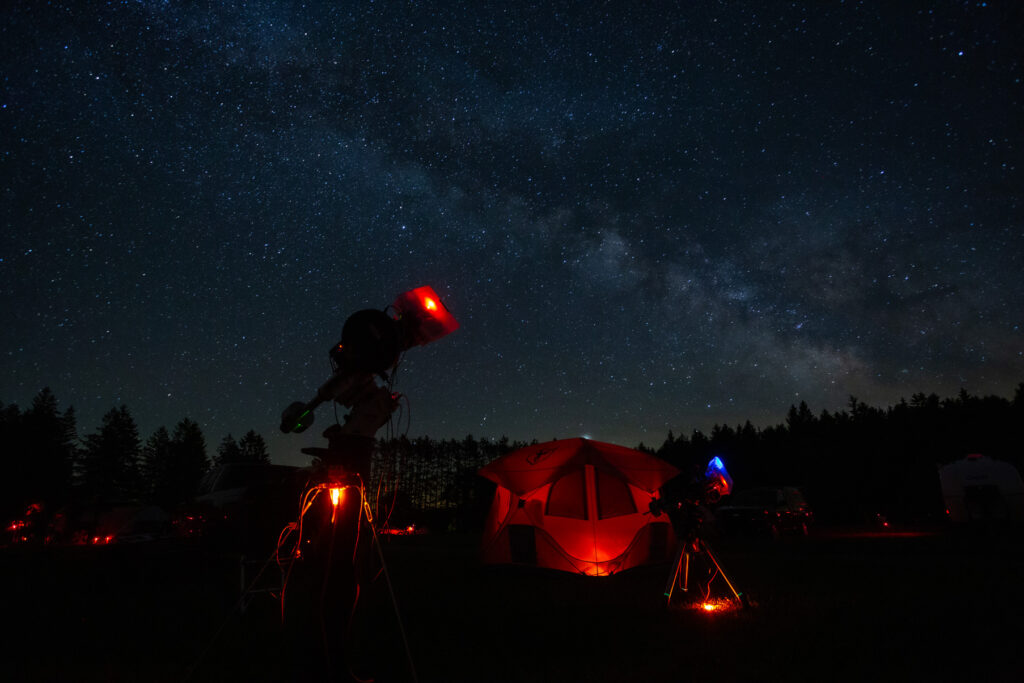
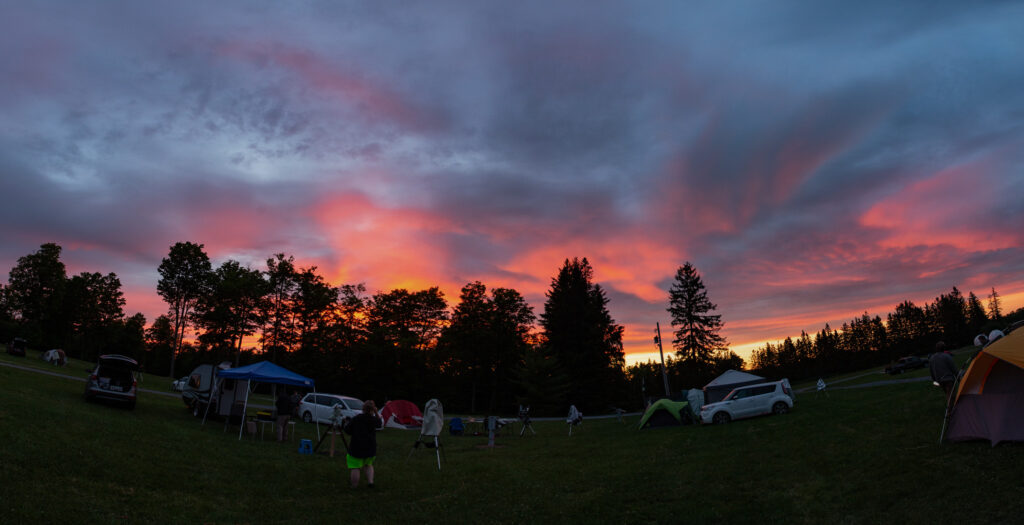
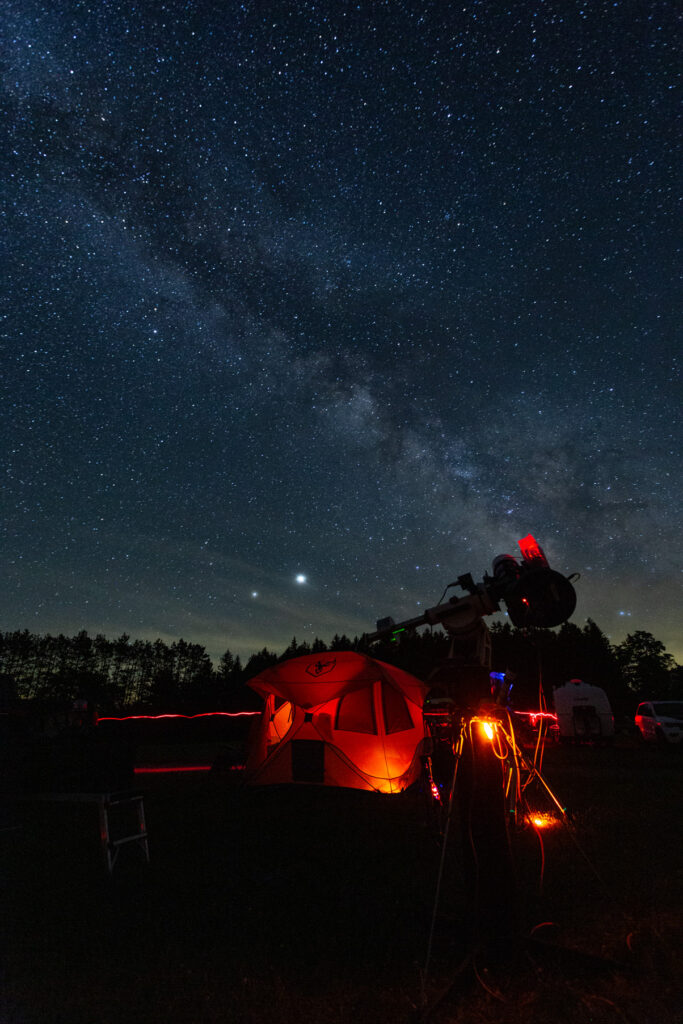
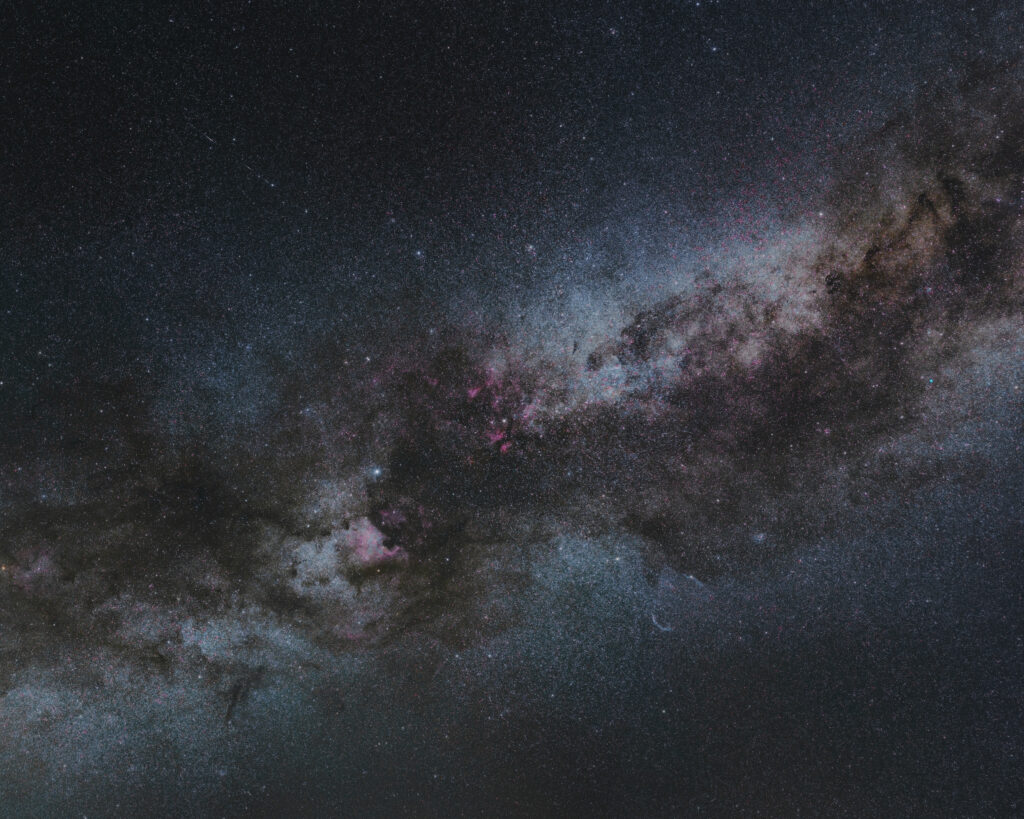
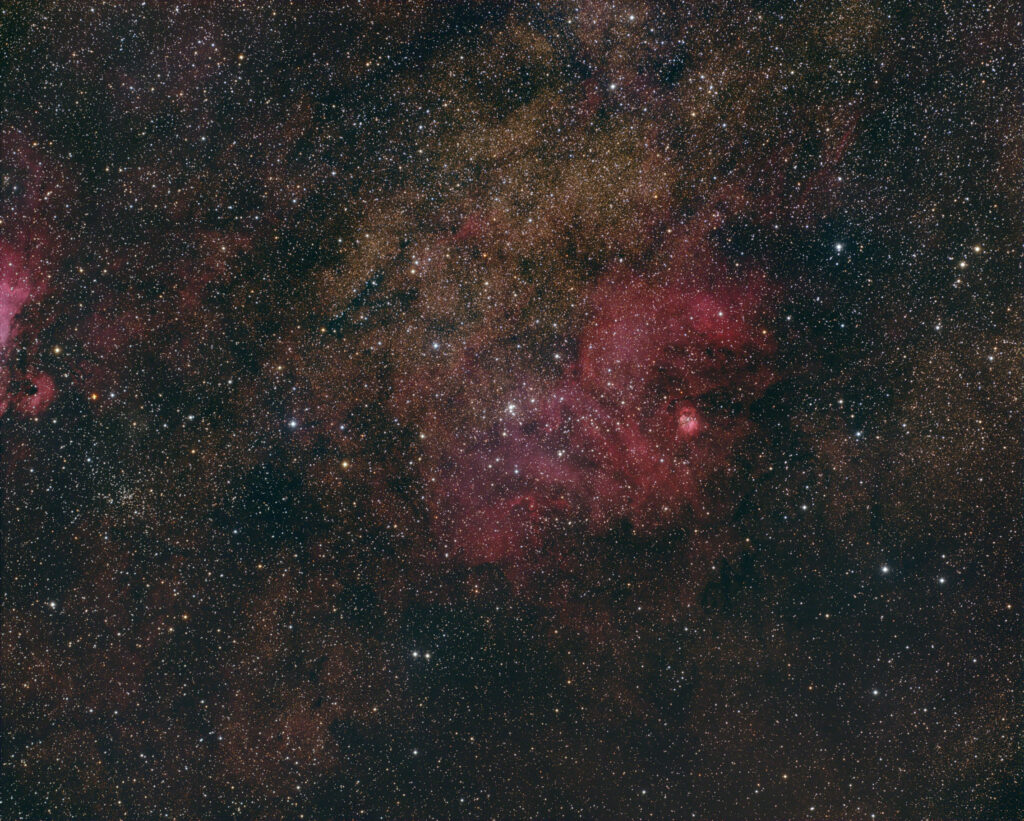





We had some great weather for the annual star party at Pickett State Park, TN last new moon. This star party is still young and looking to grow. The park rangers are doing a great job, it’s a great venue for presentations and a great field for observing / photography. I’m not sure why it still remains a hidden gem of sorts.
Overall sky quality, other than some early clouds, was excellent. With SQM measurements around 21.77 mag/arcsec^2 this was the darkest I’ve seen Pickett. I would note too that of the other dark sky sites I routinely visit, this quality of night is nothing to complain about.

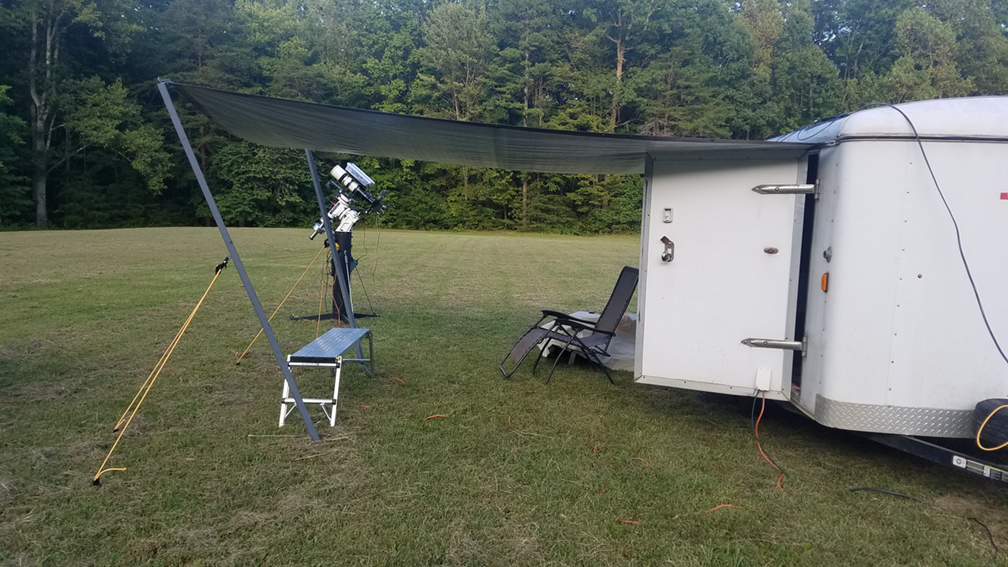
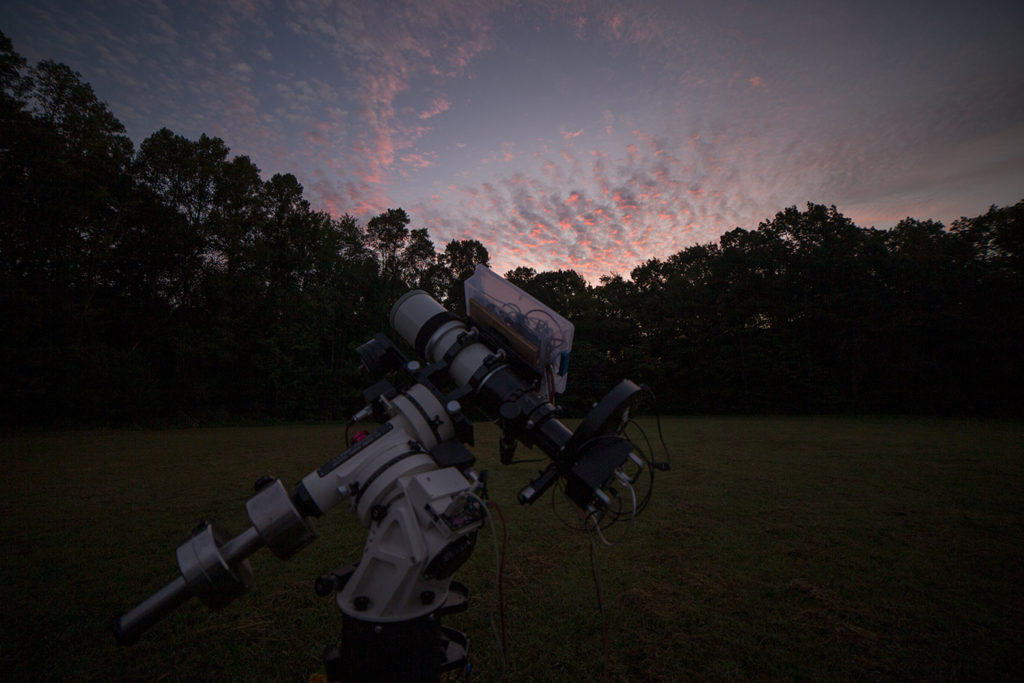
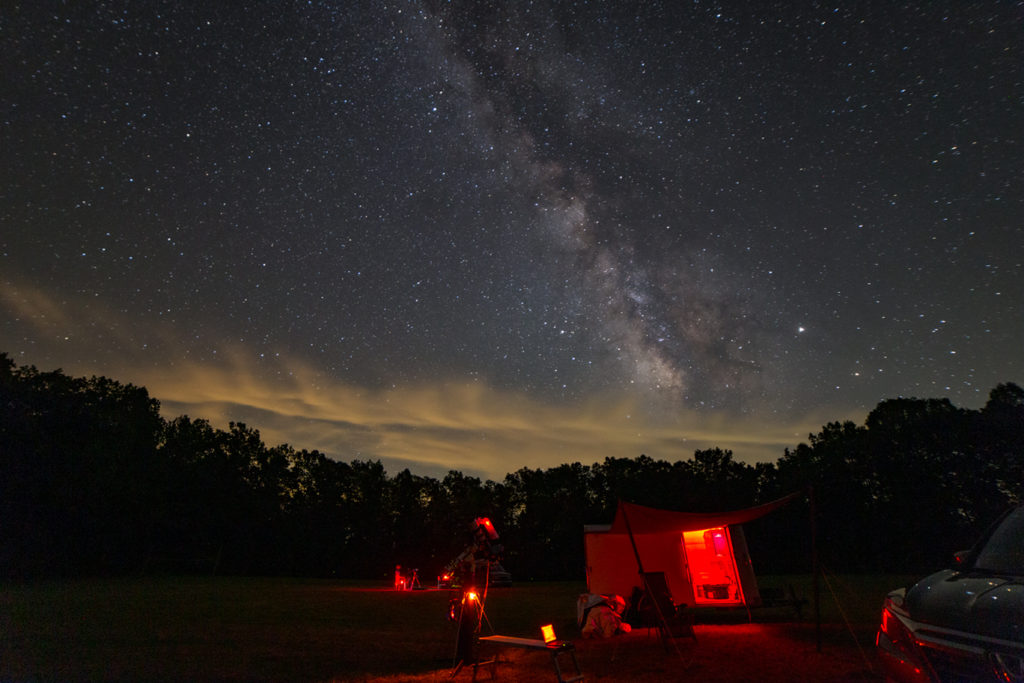
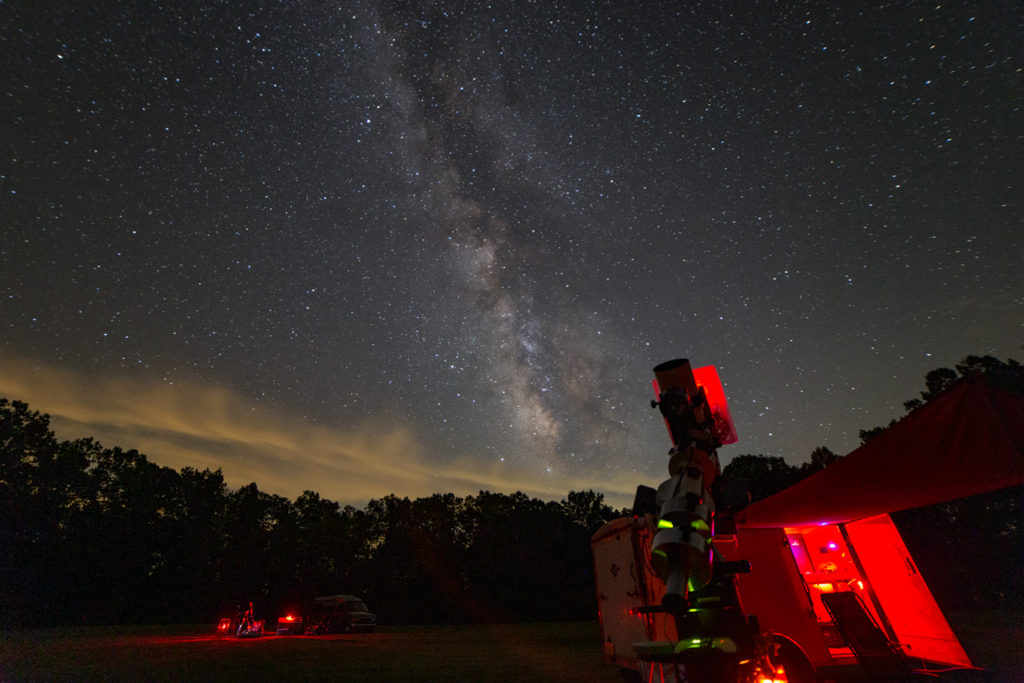
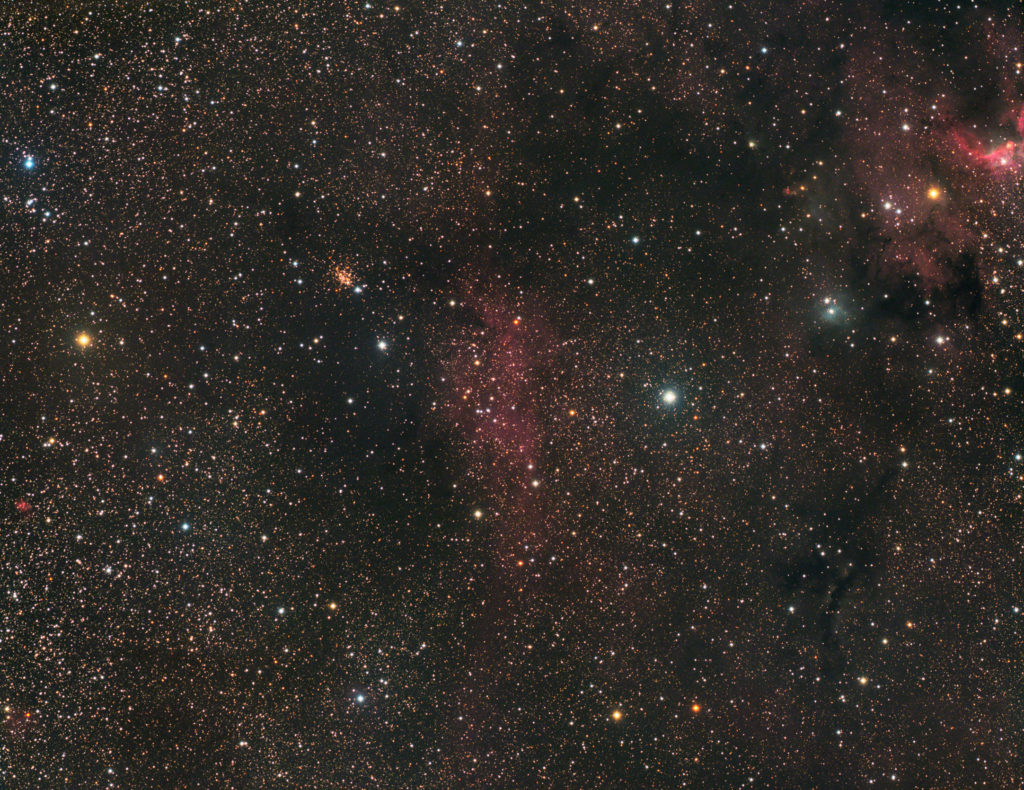
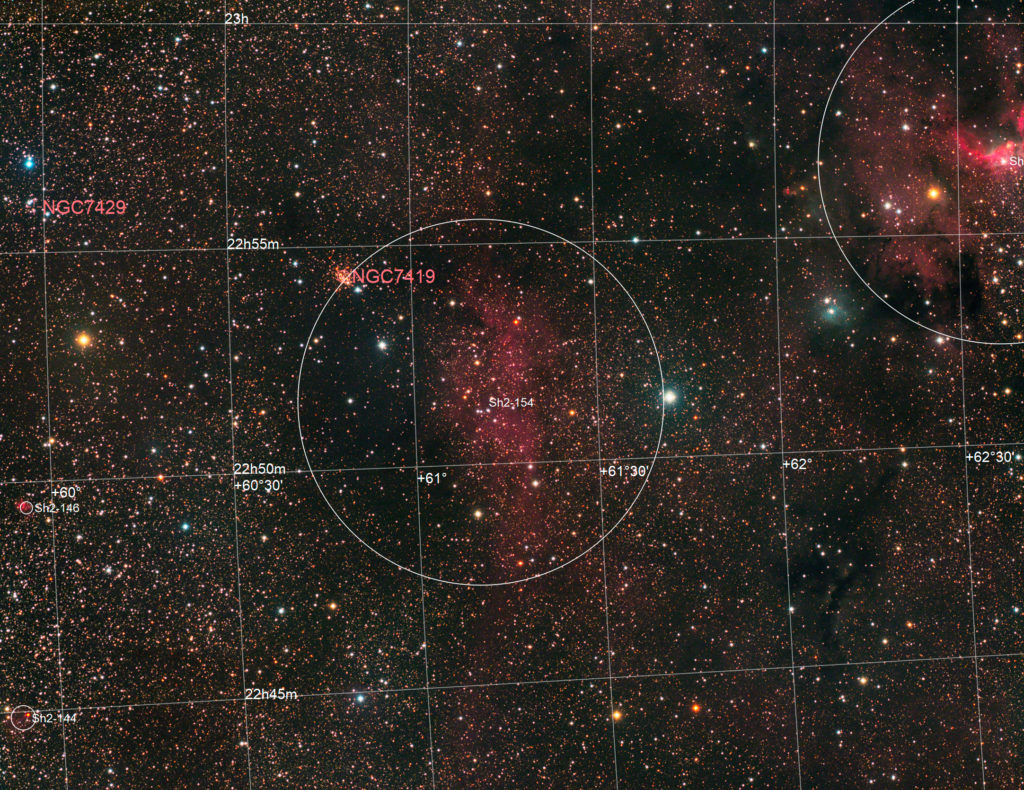
With weather looking wet and wild for the 2019 Cherry Springs Star Party and things looking slightly less soggy at Calhoun we decided to cancel on Cherry Springs and gamble on Calhoun. Good thing we were setup on the top of a ridge so we never had to deal with muddy conditions considering all the rain we didn’t know was coming.
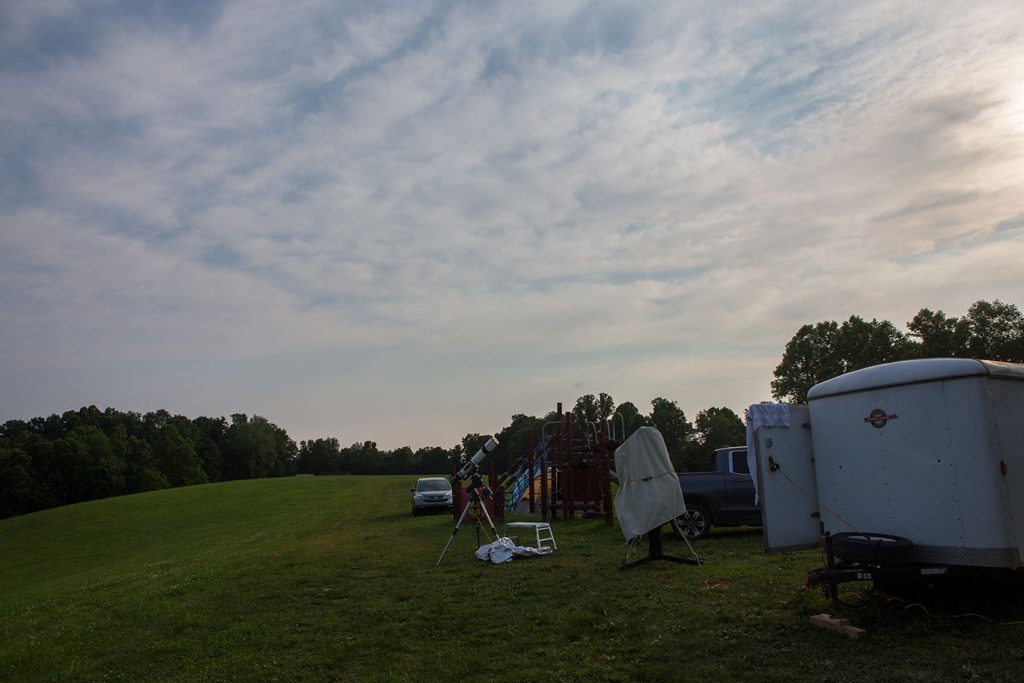
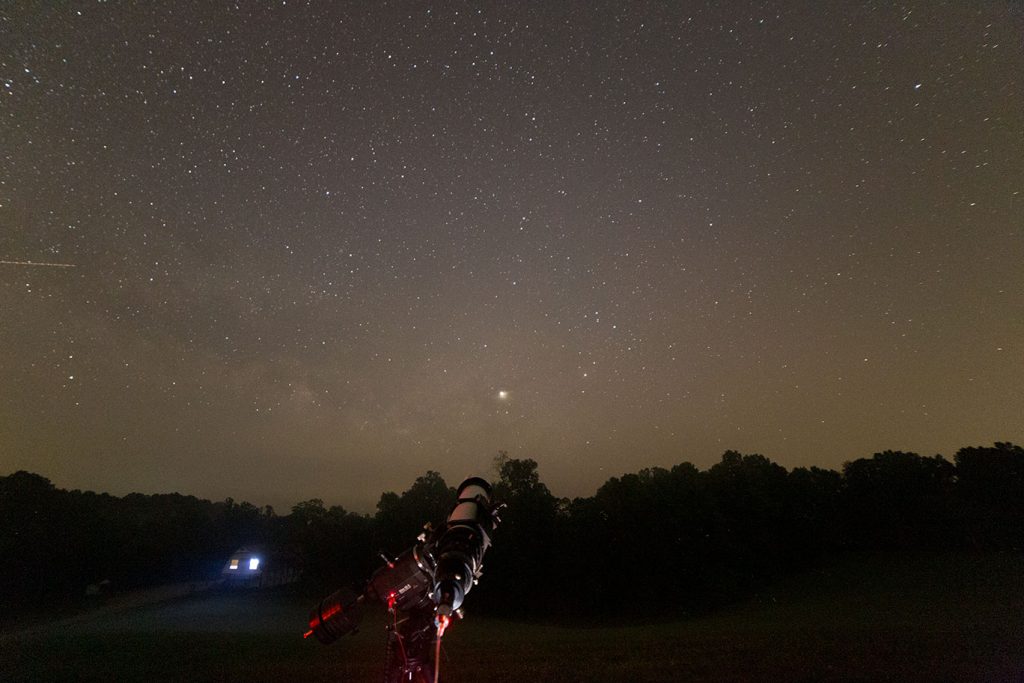
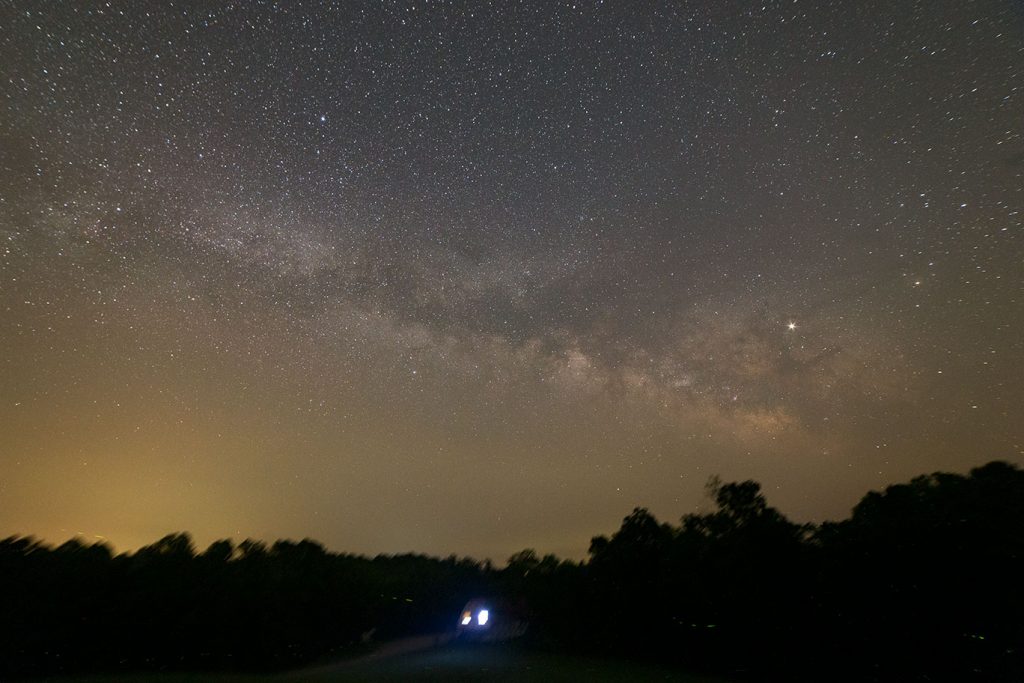
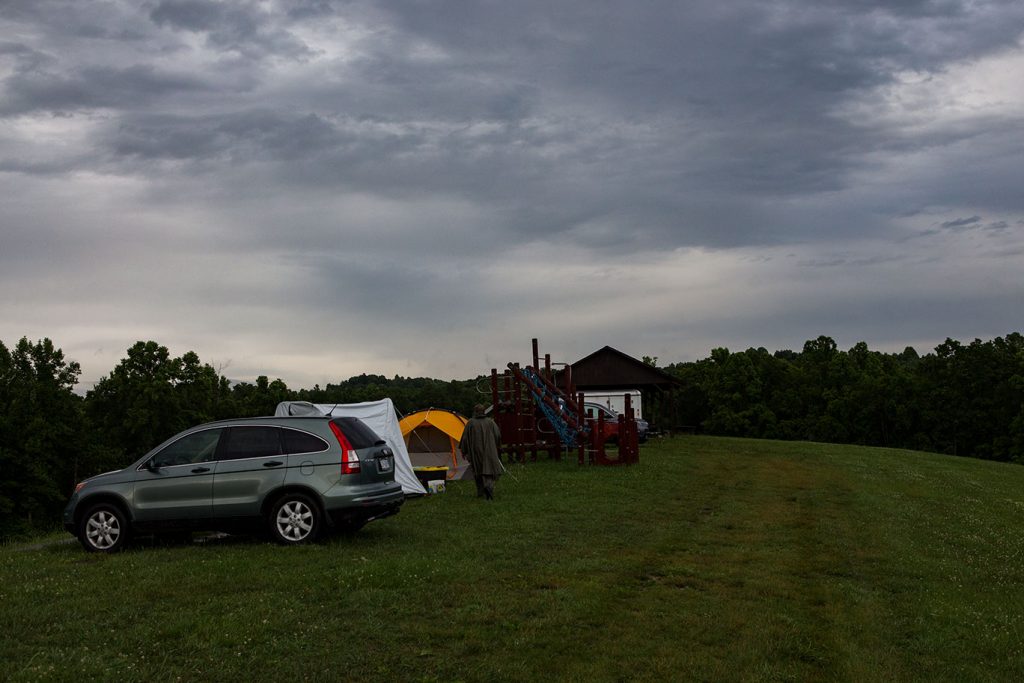
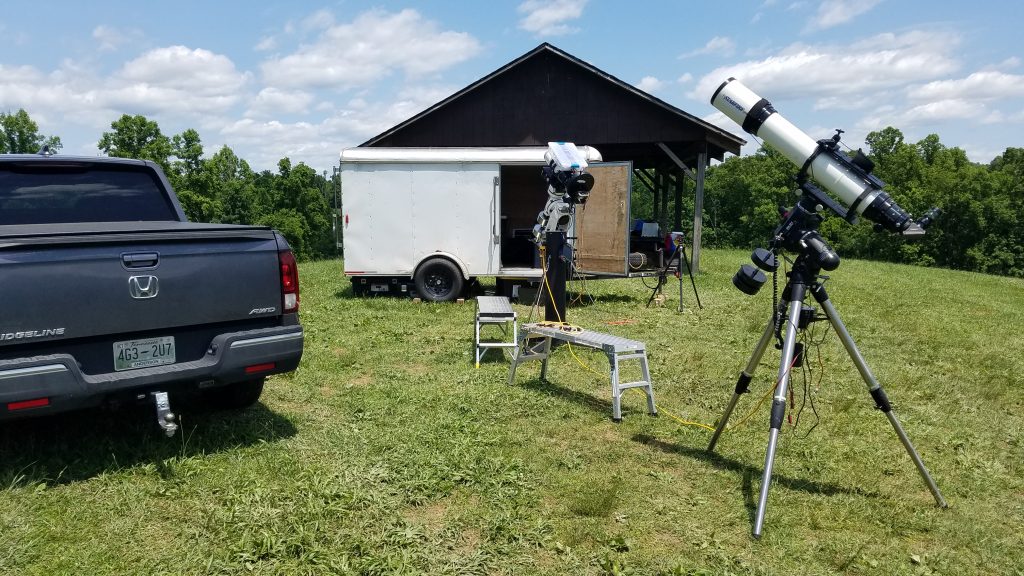
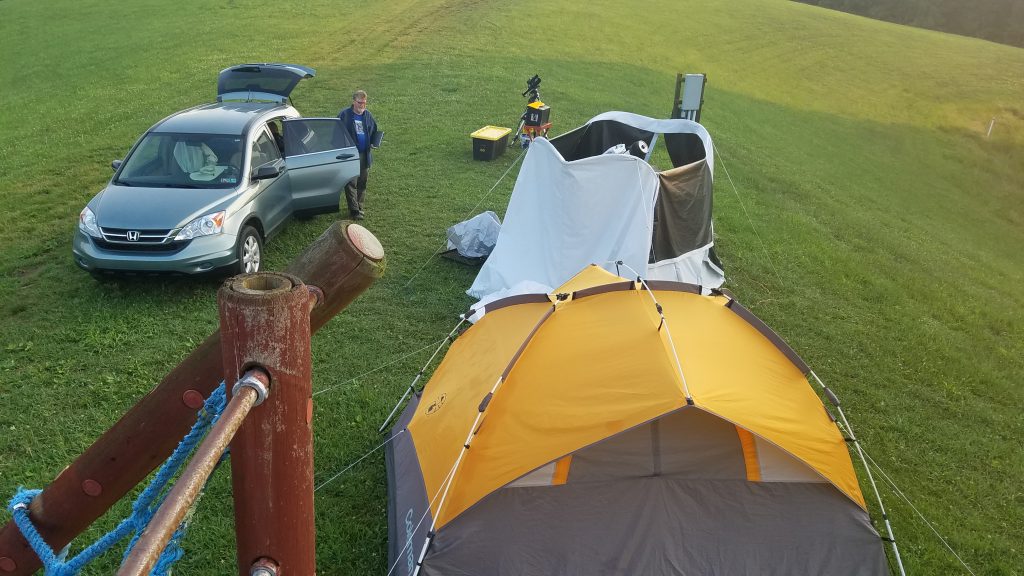
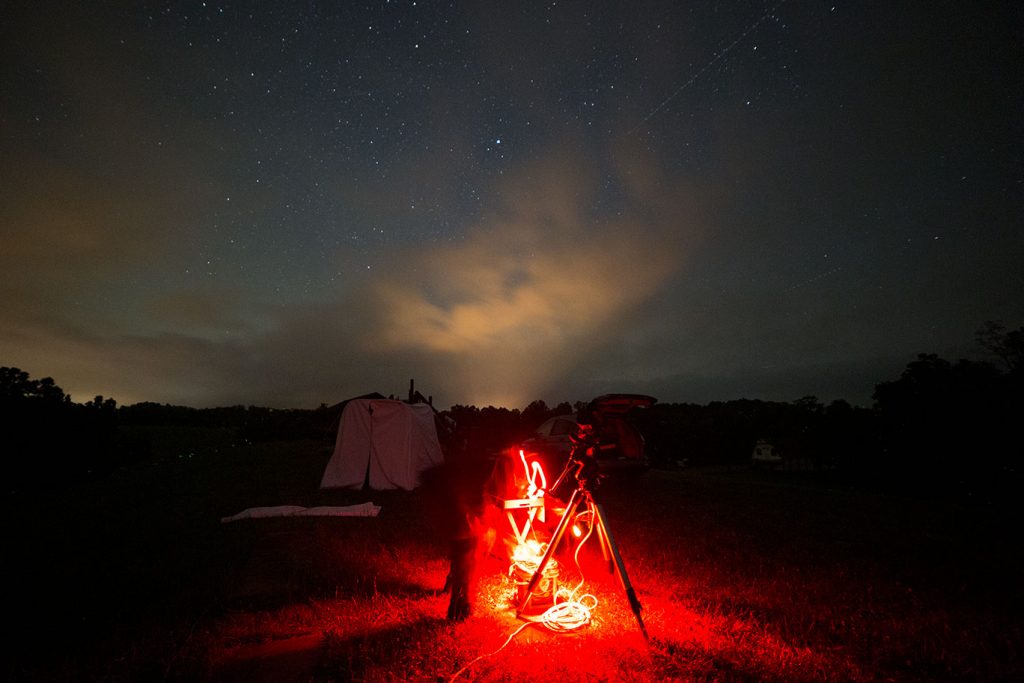
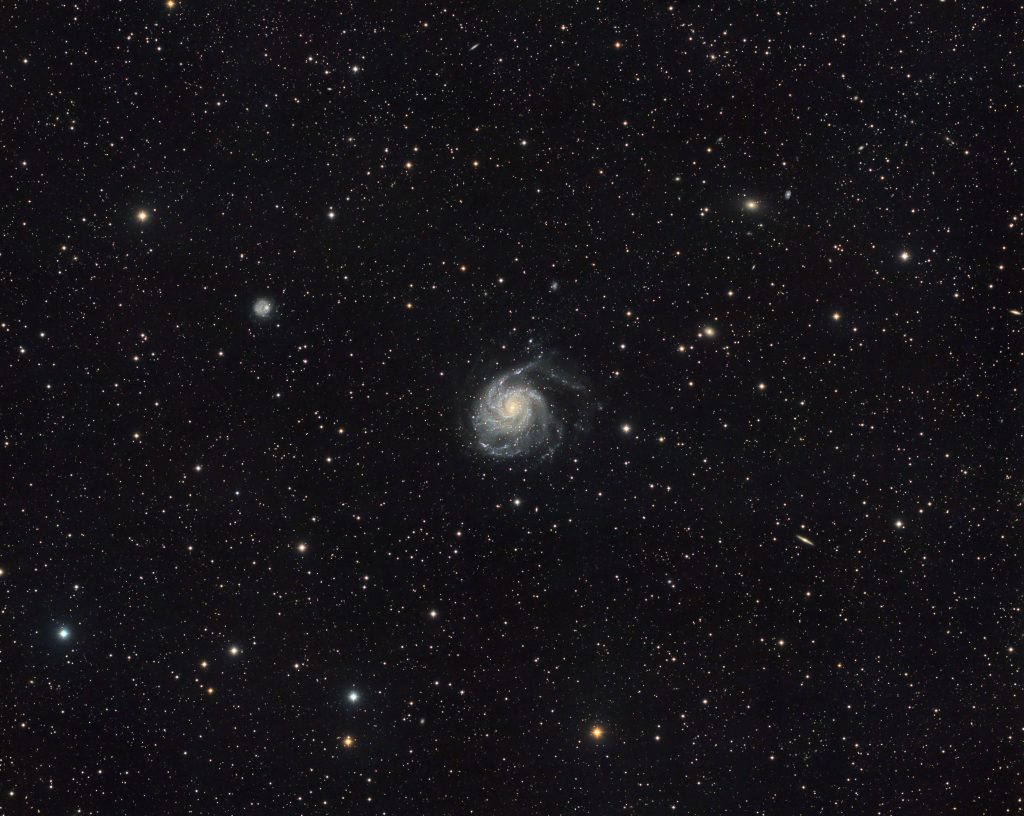
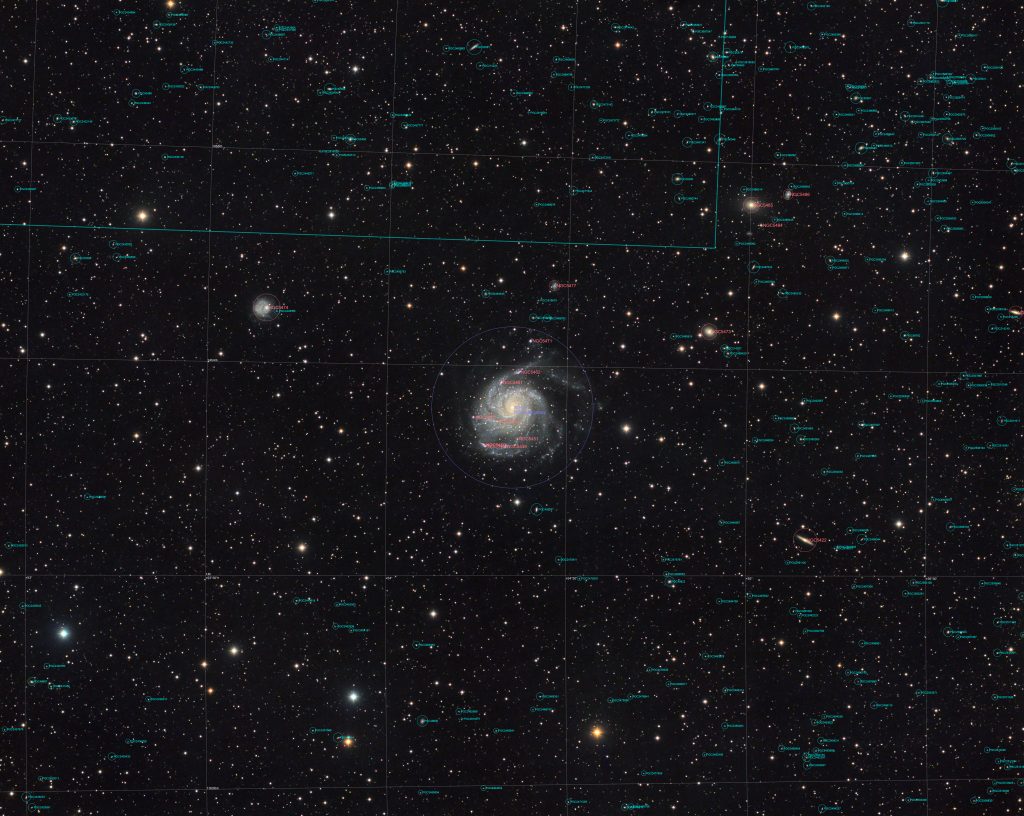
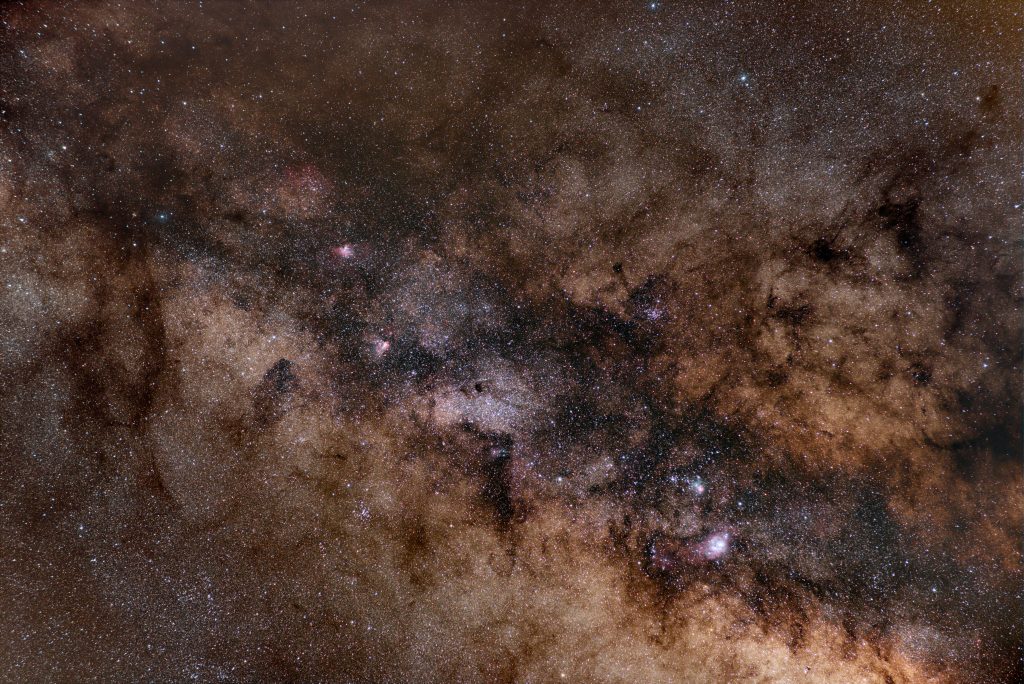
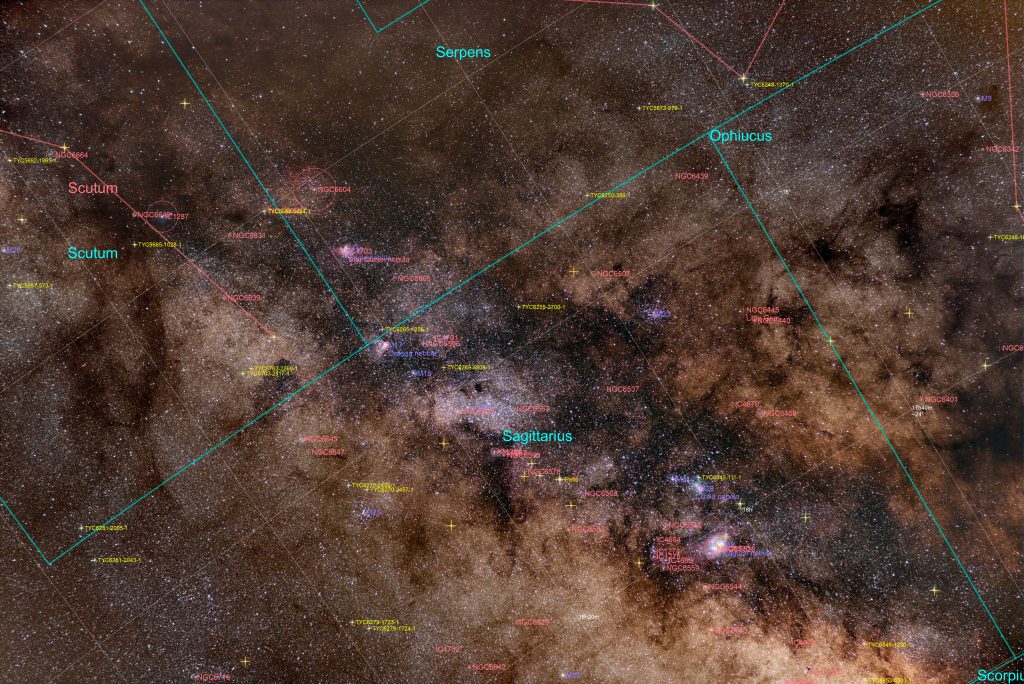
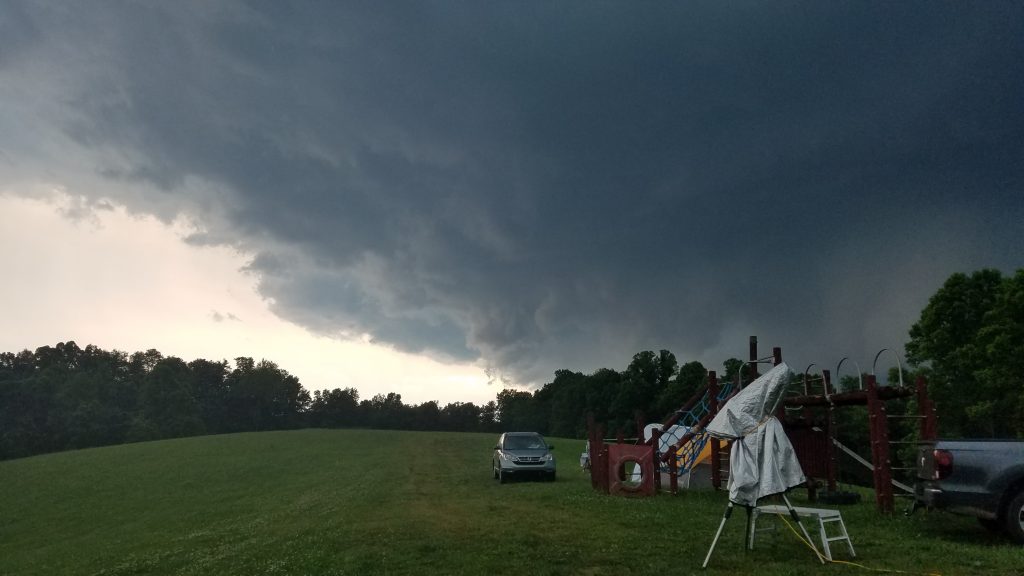
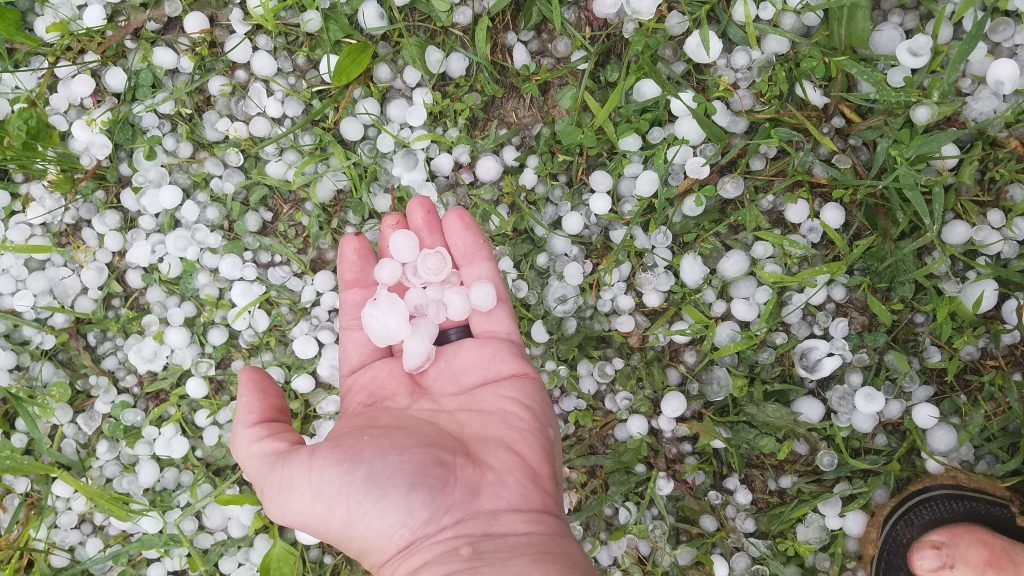
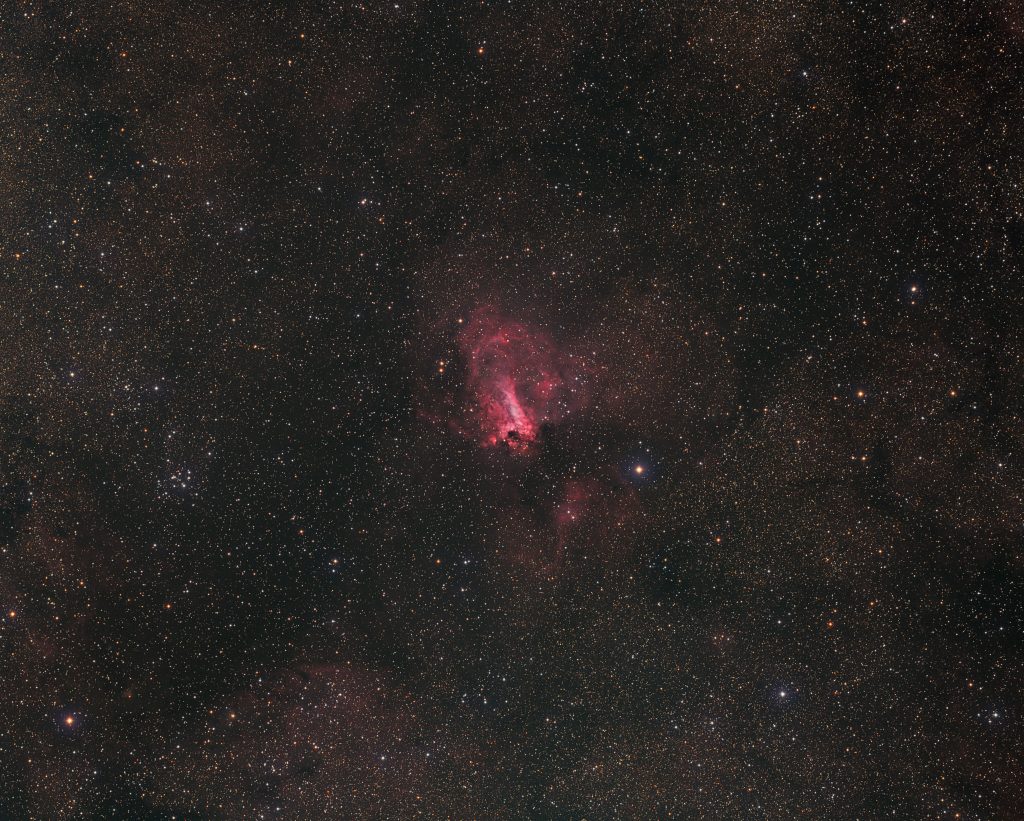
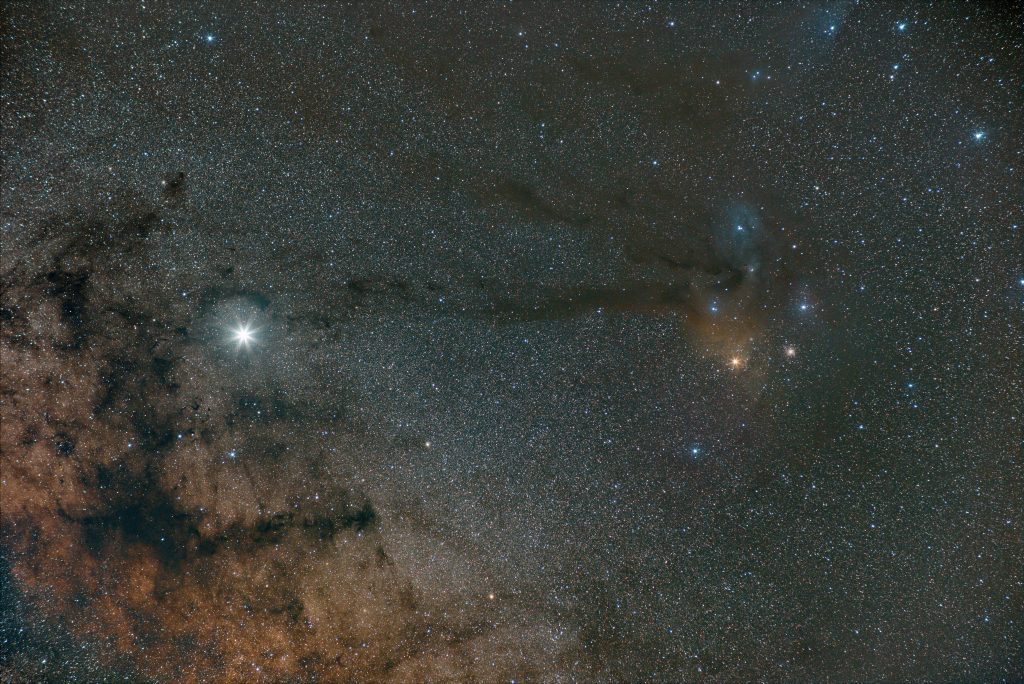
I attended the annual Calhoun County Park Star Party (Oct 5-7) for the first time this year. The sky wasn’t the best it could be. Friday and Sat night both had humidity and dew off the charts with variable fog that seemed to slide up and down the hill but never got so high that it killed observing. I can’t help but think that it impaired the images a little but it may have just been the choice of a faint target during a hazy time of year. Sky quality measurements topped and held pretty steady around 21.6 mag/arcsec^2. I’m sure on a crisp night it would be a little darker. While there were some small light domes on the horizon they weren’t hardly worth mentioning in my opinion. The park was wonderful and the staff was so friendly they even prepared a great meal for us on Sat night. In total about 16 people showed for the party from TN, WV, PA, OH, and KY. Special thanks to Larry McHenry for posting info about the star party and turning us onto this event and Calhoun as an observing site. He typically posts updates on Cloudynights star party forum for upcoming Calhoun events.
Since Calhoun is pretty dark I decided to go after a fainter full spectrum object than I could ever do from home. VdB objects (reflection nebulae compiled by Sidney van den Bergh) are great targets when looking for something off the beaten path but aren’t always what I would call showcase objects. VdB 14 and 15 make for a nice parring here in a rich park of the sky in Camelopardalis.
I made the 13 hour trip up to Cherry Springs State Park for the Annual CSSP Star Party hosted by the Astronomical Society of Harrisburg PA, Inc. I went up a few days before the star party since it’s always helpful to get a good spot. Those of us that were there early on Monday night were treated to a fabulous night with SQM measurements >21.9! Overall it was an amazing streak of clear weather for PA with a total of 4 imaging nights. I was hoping for one or two so as not to set my expectations too high so I was very pleased with four nights!
I even did a little visual at low power with a 4″ refractor. LDN 1795 (large 50’x50’dark nebula in Scorpius) looked absolutely amazing to me at 19X. First time I had a WOW moment visually.
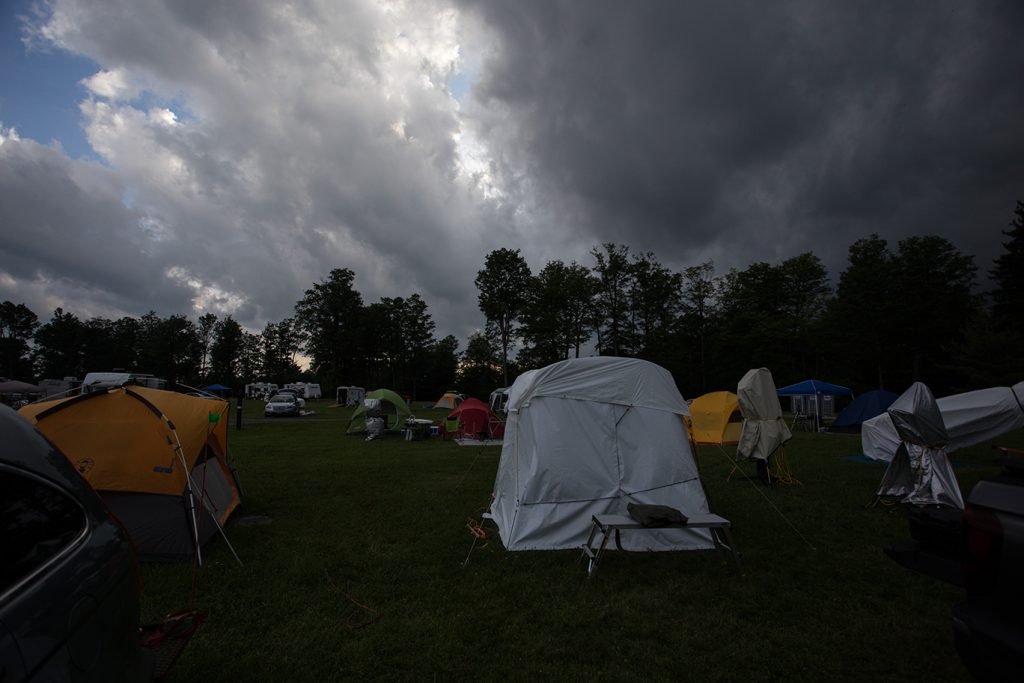
Just Some Slightly Concerning Weather Passing Through
Everything is buttoned up and locked down. Luckily it skirted us to the North.

B312 on the Edge of Sagittarius and Scutum
Canon 6D @ ISO 3200
Canon 70-200mm f/2.8 @f/4
8x240sec Exposure

M8 & M20 Nestled Among the Stars
Canon 6D @ ISO 3200
Canon 70-200 f/2.8 @ f/4
10x240sec total exposure

The North American Nebula And The Pelican
Canon 6D @ ISO 3200
Canon 70-200mm f/2.8 @ f/4.5
10x240sec exposure
I was the first one to arrive for the star party on Saturday night at Look Rock South. It’s a beautiful view to the south looking into the Smokies.
We definitely had some clouds for the beginning of the night with some sucker holes now and then. I was never able to get off a 20 minute shot without the clouds rushing in within 10 minutes…
But things finally started to clear up and the Milky Way really started to pop out.
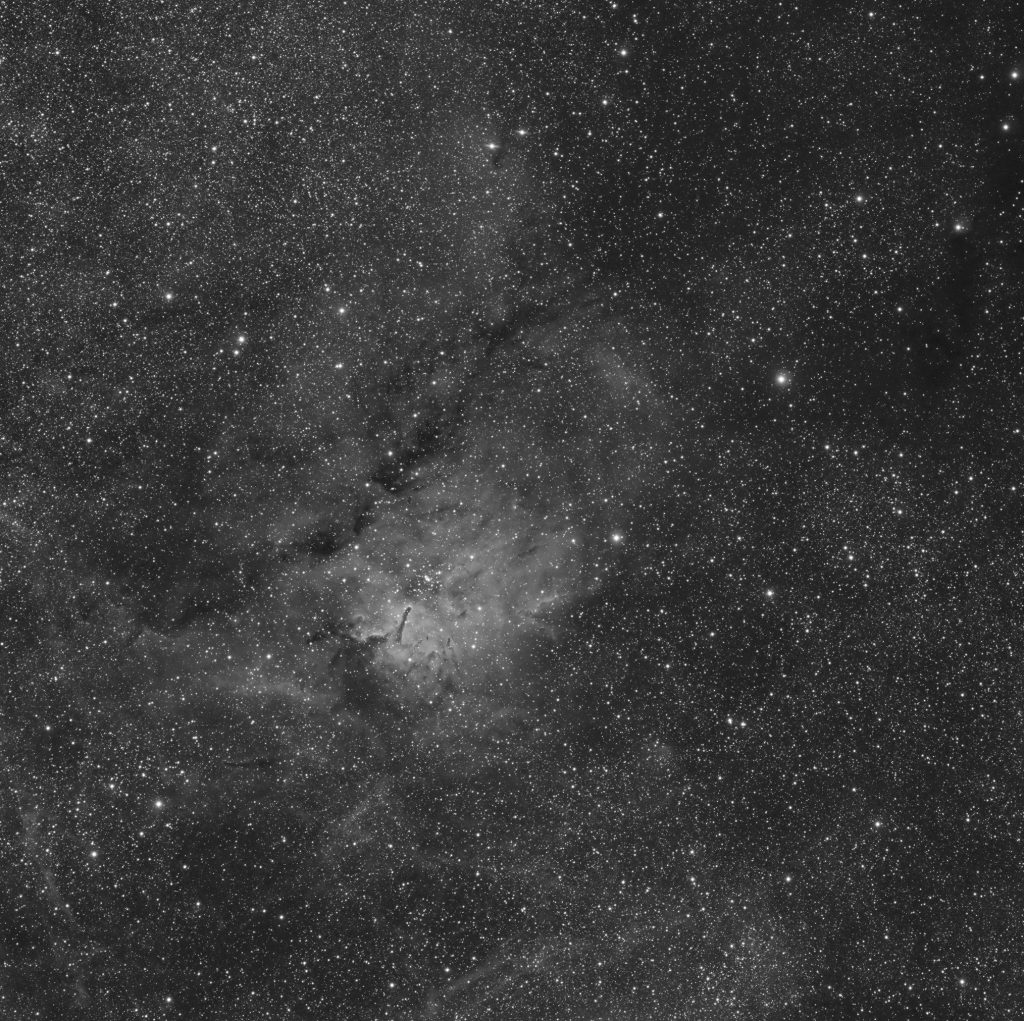
Emission Nebula NGC 6820 or Sharpless SH 2-86. AP130GTX with Field Flattener Custom 4″ OAG Apogee U16 CCD w/Baader Ha 7nm filter AP900GTO Mount 9x20min Exposures Image Scale 2.16 arcsec/pixel; reduced to 4.32 arcsec/pixel
Once it was cleared up I was off to take some test shots and validate the portable rig was ready for more serious projects. NGC 6820 AKA Sharpless SH 2-86 and all the surrounding emission and dark nebula has always been a favorite of mine. It’s located in Vulpecula not that far from M27, the Dumbbell Nebula. It reminds me of a less popular M16 with it’s gas and dust pillars and dark globules. Open cluster NGC 6823 resides in the midst of the nebula and is about 6,000 light years away.
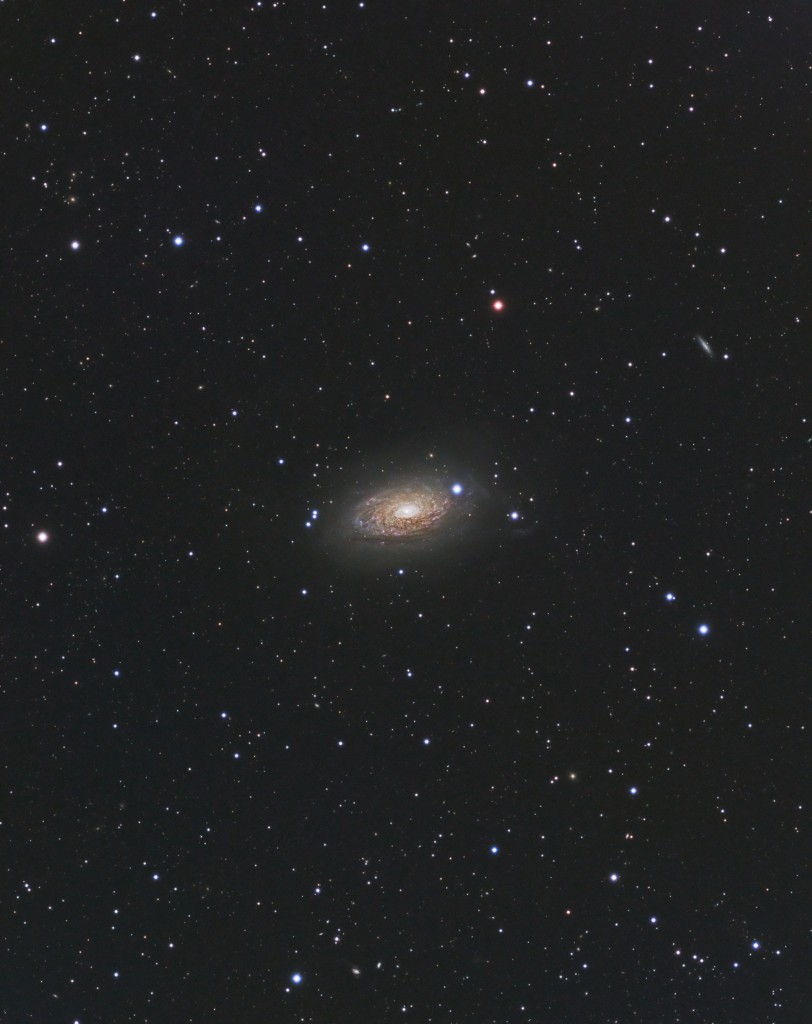
M63 – AP900GTO, Stellarvue SVQ-100, Apogee Ascent A694, Baader LRGB Filters, 4.5 Hour Total Exposure Time.
Messier 63 (also known as M63, NGC 5055, or the Sunflower Galaxy) is a spiral galaxy in the constellation Canes Venatici consisting of a central disc surrounded by many short spiral arm segments. M63 is part of the M51 Group, a group of galaxies that also includes M51 (the ‘Whirlpool Galaxy’). M63 is an active galaxy with a LINER nucleus.[3]
M63 was discovered by Pierre Méchain on June 14, 1779.[4] The galaxy was then listed by Charles Messier as object 63 in the Messier Catalogue.
In the mid-19th century, Lord Rosse identified spiral structures within the galaxy, making this one of the first galaxies in which such structure was identified.[4]
In 1971, a supernova with a magnitude of 11.8 appeared in one of the arms of M63.
Information courtesy of Wikipedia.
Friday night was fantastic without a cloud to be seen. Saturday night was less pristine with a lot of thin cloud moving through. I thought we had some clearing later but a lot of the images from Sat night showed very inconsistent background values which leads me to believe we had thin stuff moving through all night. Still, how many clear nights can you ask for? It was a great TSSP and looking forward to the Fall Star Party.
SQM measurements topped out around 21.3 on Friday night and 21.4 on Saturday night.
This was my first visit to Fall Creek Falls for the 2015 Tennessee Fall Star Gaze. It’s a casual get together held at a clearing within walking distance from the Inn. The site is reasonably dark measuring 21.42+ on Friday and 21.31 on Saturday after some thundershowers upped the humidity level. Both nights were good so long as you were prepared for dew.
I spent both nights gathering data on SH2-155; the Cave Nebula. It’s a fairly dark object and I’d like more than the 4.5 hours of exposure time I got on it but a couple technical issues coupled with the early moon rise limited my time….

SH2-155
AP130EDT f/8 reduced to f/6
AP900GTO3 Mount
Apogee Ascent A694 CCD
9x10min Lum
7x10min Red
6x10min Green
5x10min Blue
S 155, also known as the Cave Nebula, Sh2-155 or Caldwell 9, is a dim and very diffuse bright nebula within a larger nebula complex containing emission, reflection, and dark nebulosity. It is located in the constellation Cepheus.
Visually it is a difficult object, but with adequate exposure, makes a striking image. The nebula gets its name Cave Nebula from the dark lane at the eastern side abutting the brightest curve of emission nebulosity which gives the appearance of a deep cave when seen through a telescope visually.
Information Courtesy of Wikipedia
This was my first time to Fall Creek Falls and I was not sure what to expect in terms of amenities. For those of you considering going: Restrooms are a 1000+ ft walk from the site. There are no restrooms at the field, nor is there any power, water, etc. The only things available at the site are trashcans. The Inn, as I mentioned before, offers restrooms, along with buffet meals, vending machines, and accommodations on the lake.
Last year (2014) I was conducting some mosaic tests for future projects. I attempted a widefield 9 panel mosaic in Cygnus and processed the hydrogen alpha data but never got around to completing the tri-color Hubble Pallet image until now due to some difficult to process issues in the O[III] and S[II] channels. Those difficulties, combined with the fact that I only gathered about one frame of each channel per panel in the mosaic (very thin data!), meant that I wasn’t exactly thrilled to process this one to completion. Time away from the hobby due to the out of state relocation though has made me a little anxious to get back to imaging so I decided to revisit some of this forgotten data.